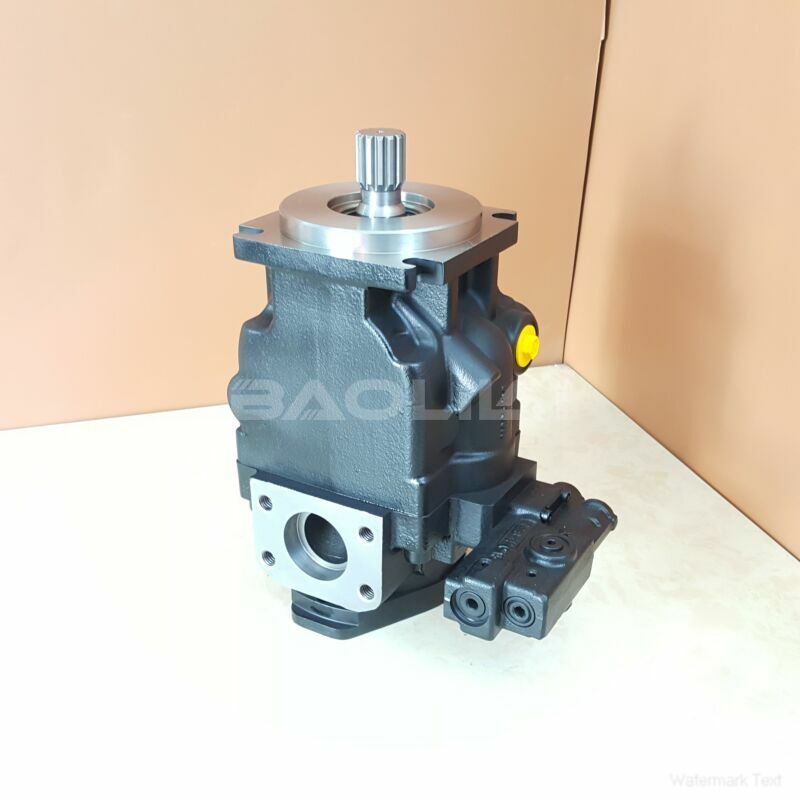JRLS45BLS2620NNN3C2AEA8NNNNJJJNNN hydraulic pump
JRLS45BLS2620NNN3C2AEA8NNNNJJJNNN hydraulic pump

- Product Details
- Applicable Scene
In various industries, the safe and precise delivery of chemicals is crucial for operational efficiency and safety. Plunger pumps have emerged as a preferred choice for fluid injection in chemical dosing applications due to their reliability, precision, and ability to handle a wide range of fluids. This article delves into the advantages of using plunger pumps, their operational mechanisms, and their application in chemical dosing.
JR-L-S45B-LS-26-20-NN-N-3-C2AE-A8N-NNN-JJJ-NNN
JRLS45BLS2620NNN3C2AEA8NNNNJJJNNN
Plunger pumps operate based on a simple yet effective principle. They consist of a cylindrical chamber where a plunger moves back and forth. This motion creates a vacuum effect that draws fluid into the chamber on the suction stroke and expels it at high pressure during the discharge stroke. The design allows for consistent flow rates and pressure, making them ideal for chemical dosing where exact measurements are required.

83048322
One of the primary advantages of plunger pumps is their ability to handle varying fluid viscosities, including thick and corrosive substances. This versatility is vital in industries such as wastewater treatment, pharmaceuticals, and food processing, where different chemicals are often used. The materials used in plunger pump construction, such as stainless steel or specialized alloys, ensure that they can withstand harsh environments and reduce the risk of contamination.
Another significant benefit of plunger pumps is the high pressure they can generate. This feature is particularly important when dealing with chemicals that require injection into processes at elevated pressures. The reliable high-pressure output ensures that the chemicals are delivered effectively and efficiently, contributing to the overall performance of the system.





